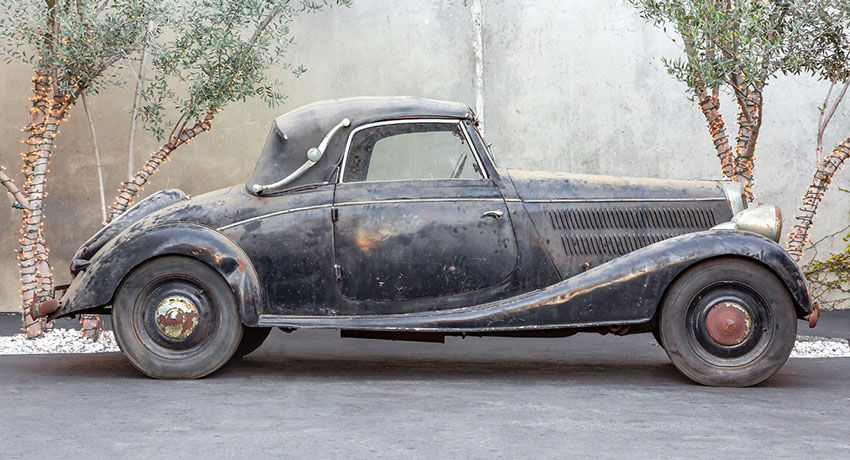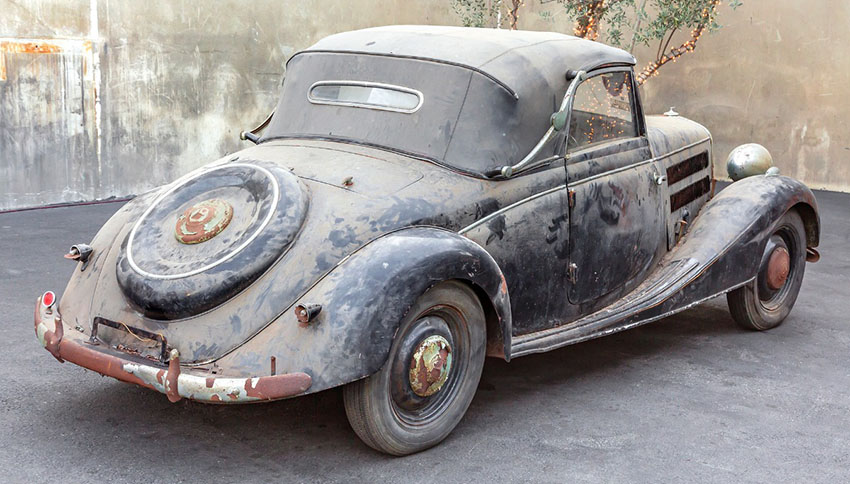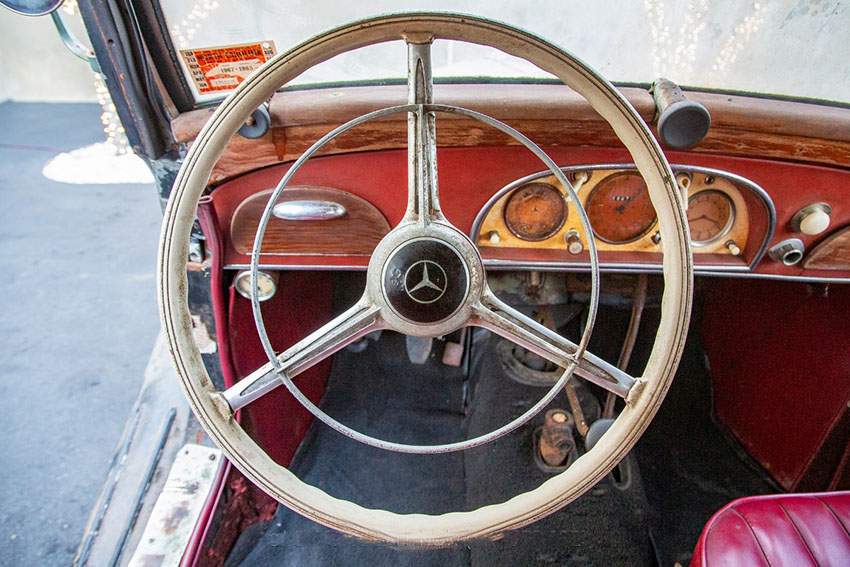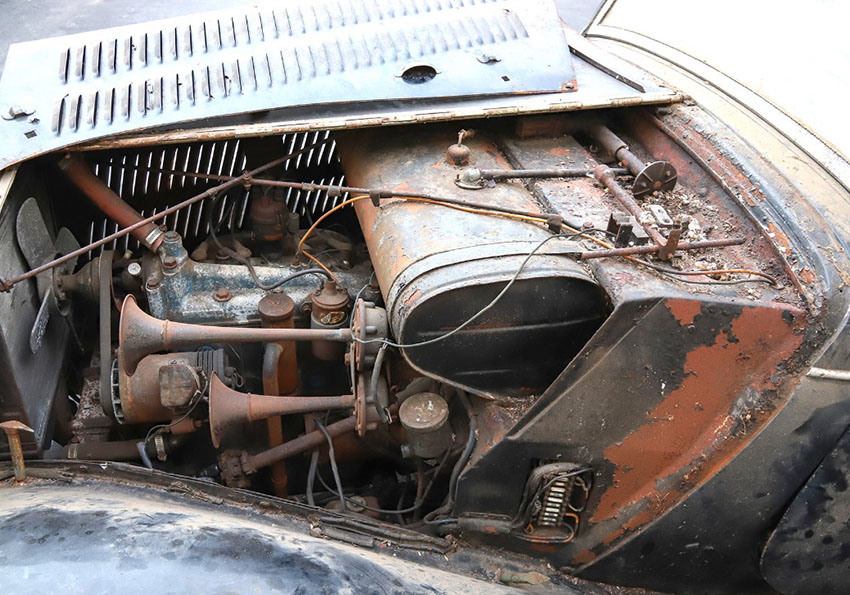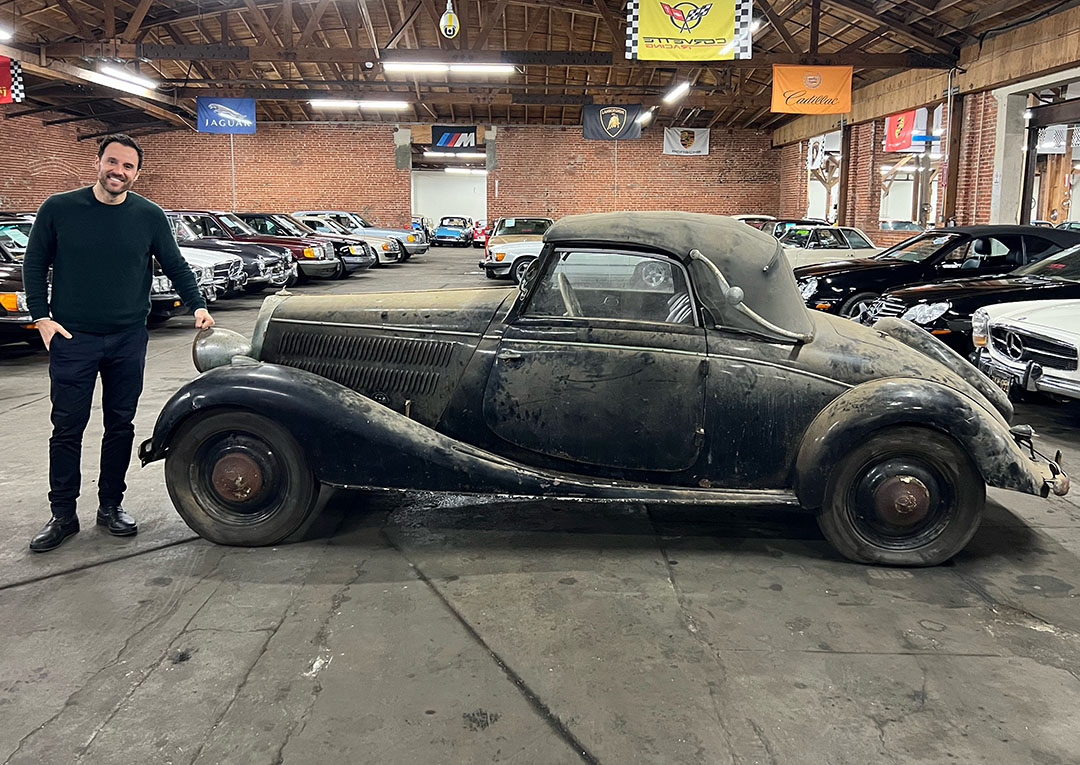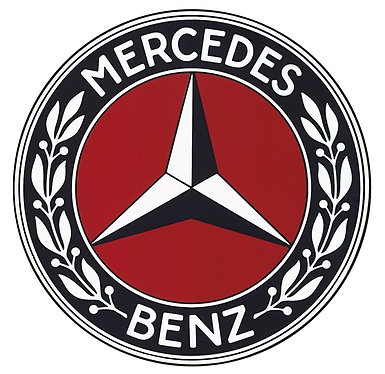Car Tales: What's In A Name? The 1939 Mercedes-Benz 170V
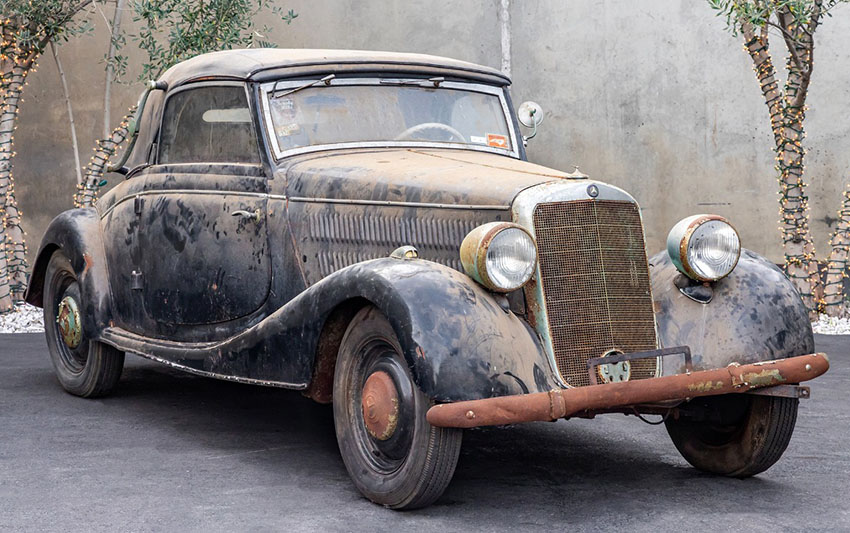
‘The USA did not get into that global conflict for just over another two years, December 1941, when the Japanese attacked Pearl Harbor. But enough of that history. Here is this history.
Buyer / Seller Questions? 310-975-0272
‘This recently discovered 1939 Mercedes-Benz 170V Cabriolet A is finished in Black complemented with a Red interior. Equipped with a manual transmission, inline-four cylinder engine, VDO instruments, black convertible soft top, MotoMeter oil temp gauge, hood louvers, two-spoke steering wheel with a horn ring, body-color solid wheels wearing Michelin tires, Mercedes-Benz branded hub caps, and a rear-mounted spare tire compartment.
‘This 170V Cabriolet has been with the same family since 1961 and comes with amenities that include two glove boxes, forward-folding front seats, a rear bench, a driver-side mirror, lap belts, door pockets, manual-crank windows, and a Kienzle analog clock.
‘This is a unique opportunity to acquire such a remarkable example. Like a time capsule, it has been hidden away for many years: it is currently not running but will make an exciting opportunity for any Mercedes-Benz enthusiast.
‘The Mercedes-Benz 170V debuted on the 15th of February 1936 at the International Automobile and Motorcycle Exhibition (IAMA), held in Berlin, Germany. And from then on until 1939 it was Mercedes’ top-selling car – it just took off! Despite war increasingly destroying Germany’s industrial might, the 170V continued to be manufactured until 1942: during that time over 75,000 170Vs were built and sold.
‘And sufficient tooling survived Allied bombing for the machinery to be the foundation of the rebirth of Mercedes-Benz straight after World War 2. By 1947 the 170V had again becomes Mercedes’ top seller, retaining this position until 1953.
‘In this it was certainly assisted by the flowing modernistic styling that it had revealed at its mid-1930s launch, far from the right-angled, geometric shapes of many automobiles of that era.
‘From the moment it was first produced in 1936 the Mercedes-Benz 170V had a wide range of body styles, six in total. There was even a flatbed truck version and a box-van model, and – after World War 2 – a police ‘special’: a fully restored version of one of these sold for more than 350,000 Euros in 2015.
‘But most of them were two- or four-door saloon/sedan-bodied cars. These were easily adapted for use as taxis, with large luggage racks at the rear: anyone who has travelled widely in Europe – and also in Africa – will be used to the ubiquitous use of Mercedes-Benz motor-cars as taxis. And so the luxurious status of the Benz is transmogrified to one of pure German functionalism: I love it!
‘The model we have here at Beverly Hills Car Club is a two-door two-seater ‘Cabriolet A‘, virtually a sports-car. But there was also a two-door four-seater ‘Cabriolet B’. The two-seater roadster featured a large flap behind the two seats with a thinly upholstered rear partition; this could be used either as a substantial luggage platform or as an additional, and not colossally comfortable, bench seat.
‘The Mercedes-Benz car is so omnipresent in all our existences that you kind of assume it has always been there – even before cars existed. And it almost has… And that moniker ‘Mercedes’, so familiar a girl’s name in Latin countries. But could you tag your daughter with an appellation that sounded like an automobile?
‘As you might suspect, it is the other way around. It is all the fault of one Emil Jellinek, a Nice-based Austrian diplomat who had a profitable sub-career selling cars. He had also been racing automobiles built by Daimler-Motoren-Gesellschaft. Abbreviated down to DMG, this to non-German speakers was known as the Daimler Motors Corporation; DMG operated out of Germany’s Stuttgart from 1890 to 1926.
‘Perhaps for reasons of professional anonymity, Jellinek raced the DMG cars under the soubriquet of ‘Mercedes’ – from his daughter, Mercedes Jellinek. Then he cut a deal with DMG, to manufacture and market a limited edition of sports cars whose engine would officially be given the name of his daughter.
‘Racing these sports cars himself, to great success, Emil Jellinek found himself given a position on the DMG board of directors. And the car was put on sale in 1901 under the name of Mercedes 35 hp.
‘The car’s success led to subsequent models also being given the name: hence there was Mercedes 8/11 hp and Mercedes 40 hp Simplex. And then it seemed to almost overwhelm Emil Jellinek, who changed his own name to Emil Jellinek-Mercedes.
‘So there you are: something for you to meditate on, as you set about the restoration of this historic 1939 Mercedes 170V that we have waiting for you at Beverly Hills Car Club.
-Alex Manos, Owner

Get Started!
Welcome!
join our inventory newsletter
Sign-up for our e-mail alerts
join our newsletter
Sign-up for our e-mail alerts
Learn More
or
we buy classic cars
Looking to sell yours?
Contact us
Sell us your car
Pick up from any USA location - Any condition - Top $$$ Paid




